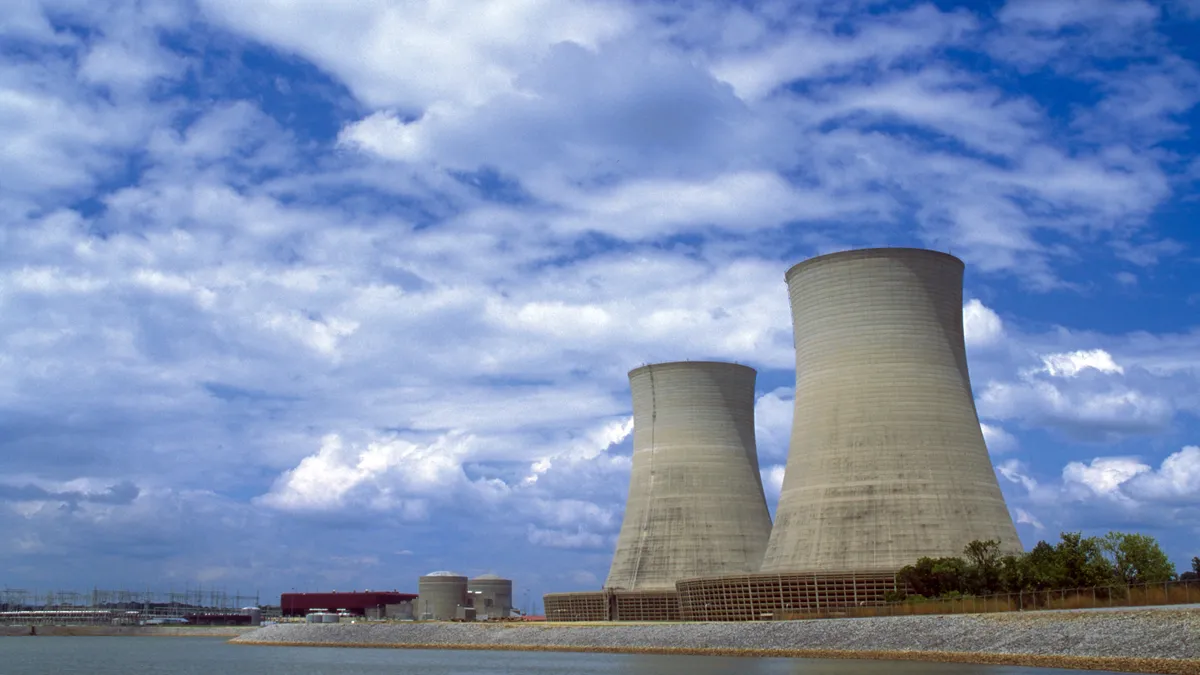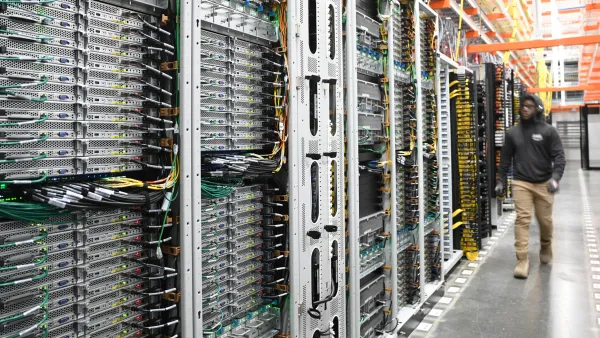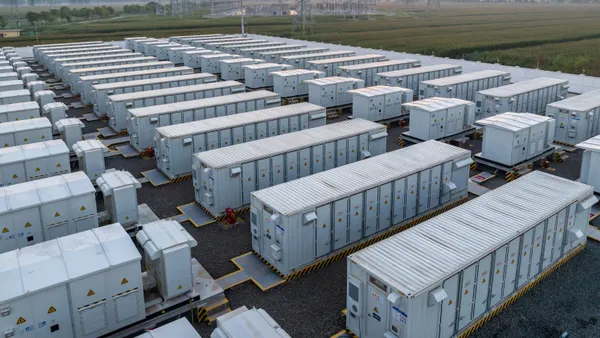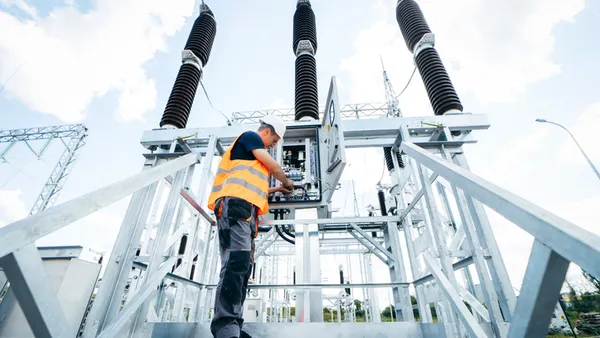Dive Brief:
-
Grid-connected energy storage will more than double this year, from 1.4 GWh installed in 2015 to 2.9 GWh added this year, according to a new report from IHS Markit.
-
The consulting firm sees the growth of storage taking a similar arc as solar power has in recent years, with the global market for grid-connected storage rising to 21 GWh by 2025.
-
Lithium ion technology will become the mainstream energy storage technology, capturing more than 80% of the market share for grid-tied storage, IHS said.
Dive Insight:
Falling battery costs and expanding applications is fueling a boom in energy storage, which several analysts have likened to solar power growth spurt over the last several years.
“Energy storage is set to grow as fast as solar photovoltaic energy has in recent years, sparking strong interest from a wide range of players and underscored by recent mergers and acquisitions among car manufacturers, major oil and gas companies, and conventional power suppliers,” Marianne Boust, a principal at IHS said in a statement.
IHS sees falling lithium-ion battery costs as a driving factor behind the global growth of energy storage. In a report from last year, the consulting firm noted that li-ion prices fell 53% between 2012 and 2015 and said that by 2019, they would decline by half again.
In its most recent report, IHS see the U.S. and Japan as the largest markets for energy storage, generating one-third of market revenues.
IHS forecasts that half of all energy storage installations will occur behind the meter, driven by self-consumption and back-up needs. The report says eight countries will each have cumulative behind-the-meter storage exceeding 1 GWh.
In Australia and Japan, IHS sees grid-tied storage reaching more than 5% of all installed generating capacity in 2025.













